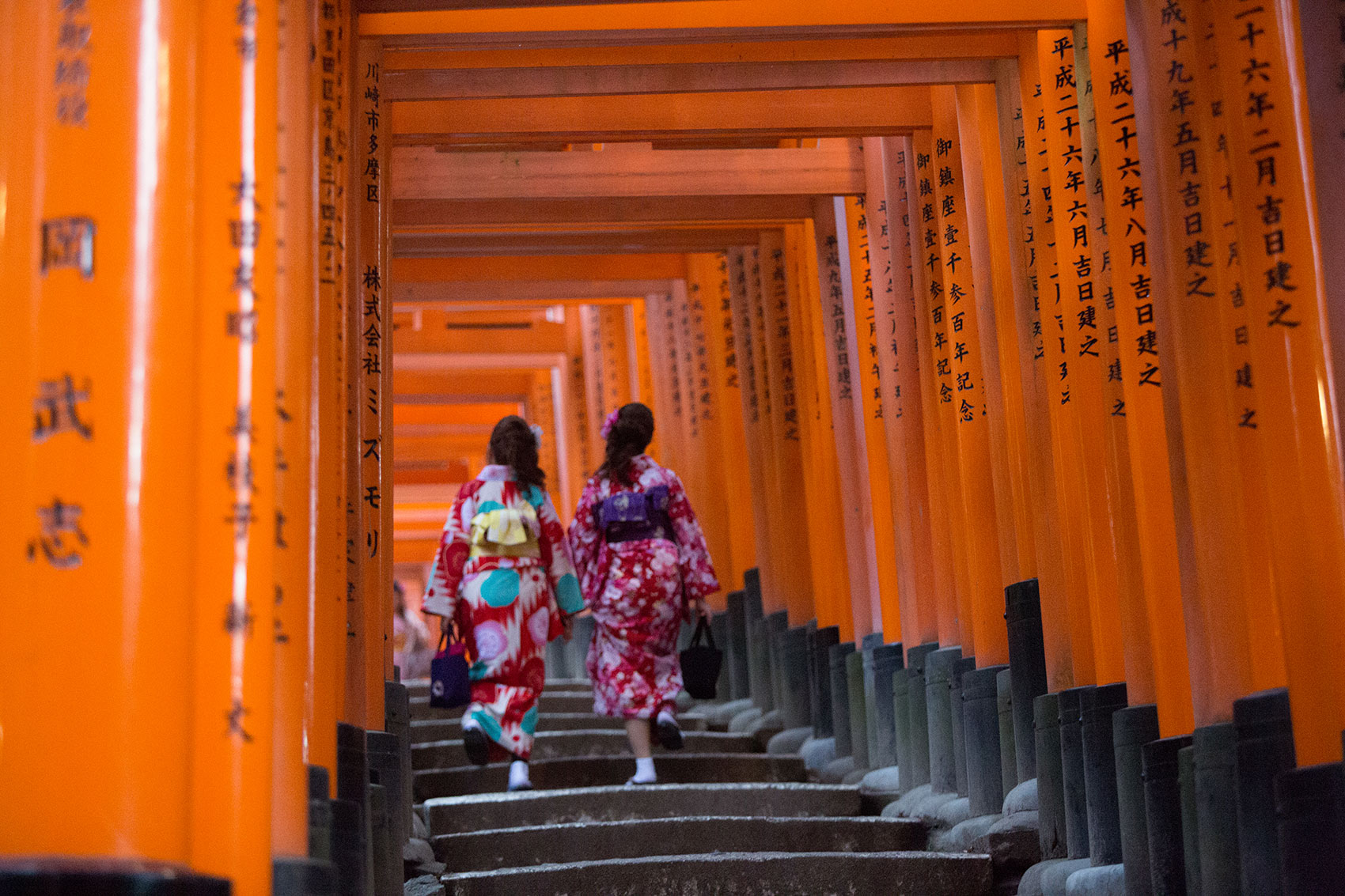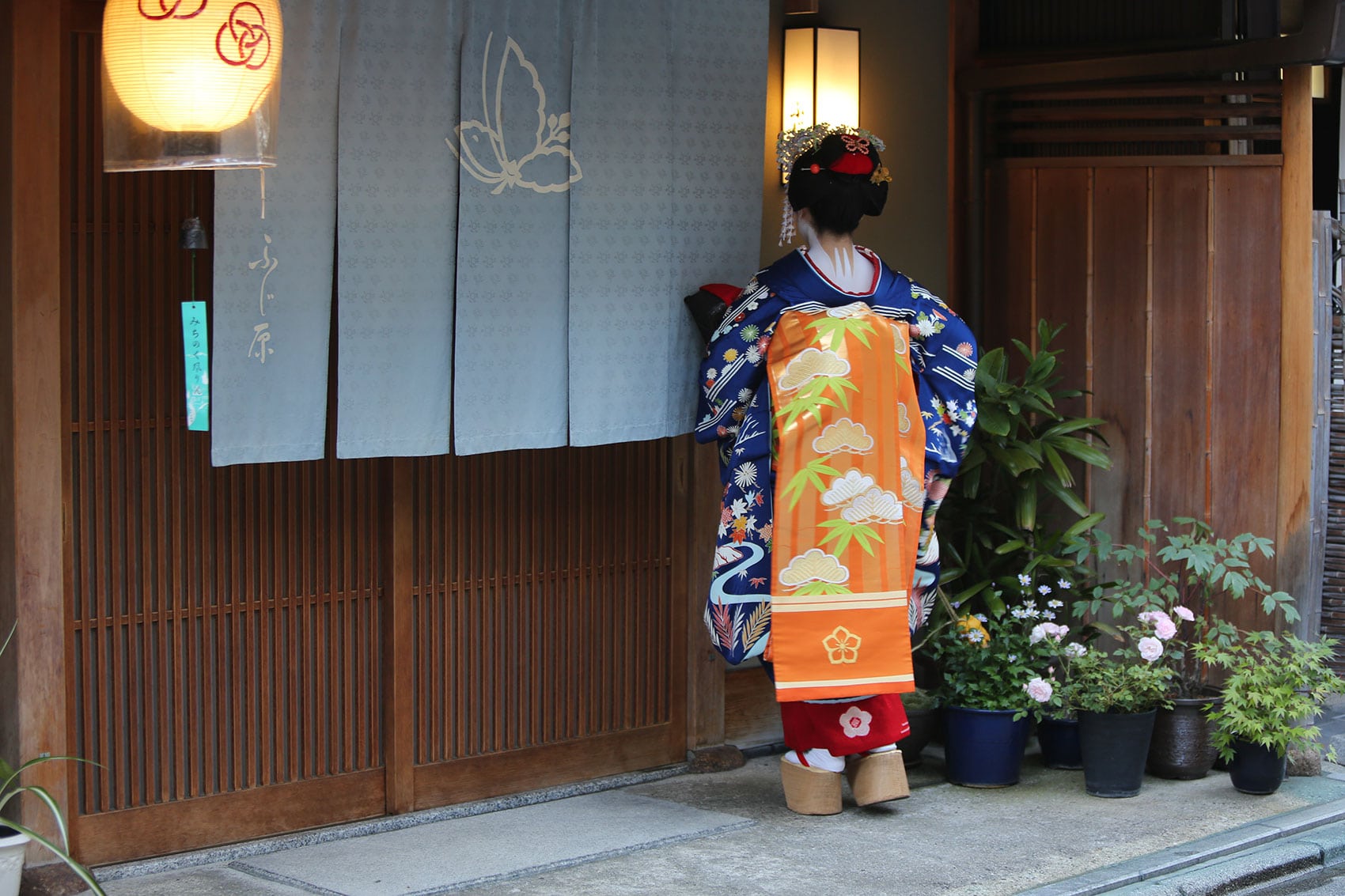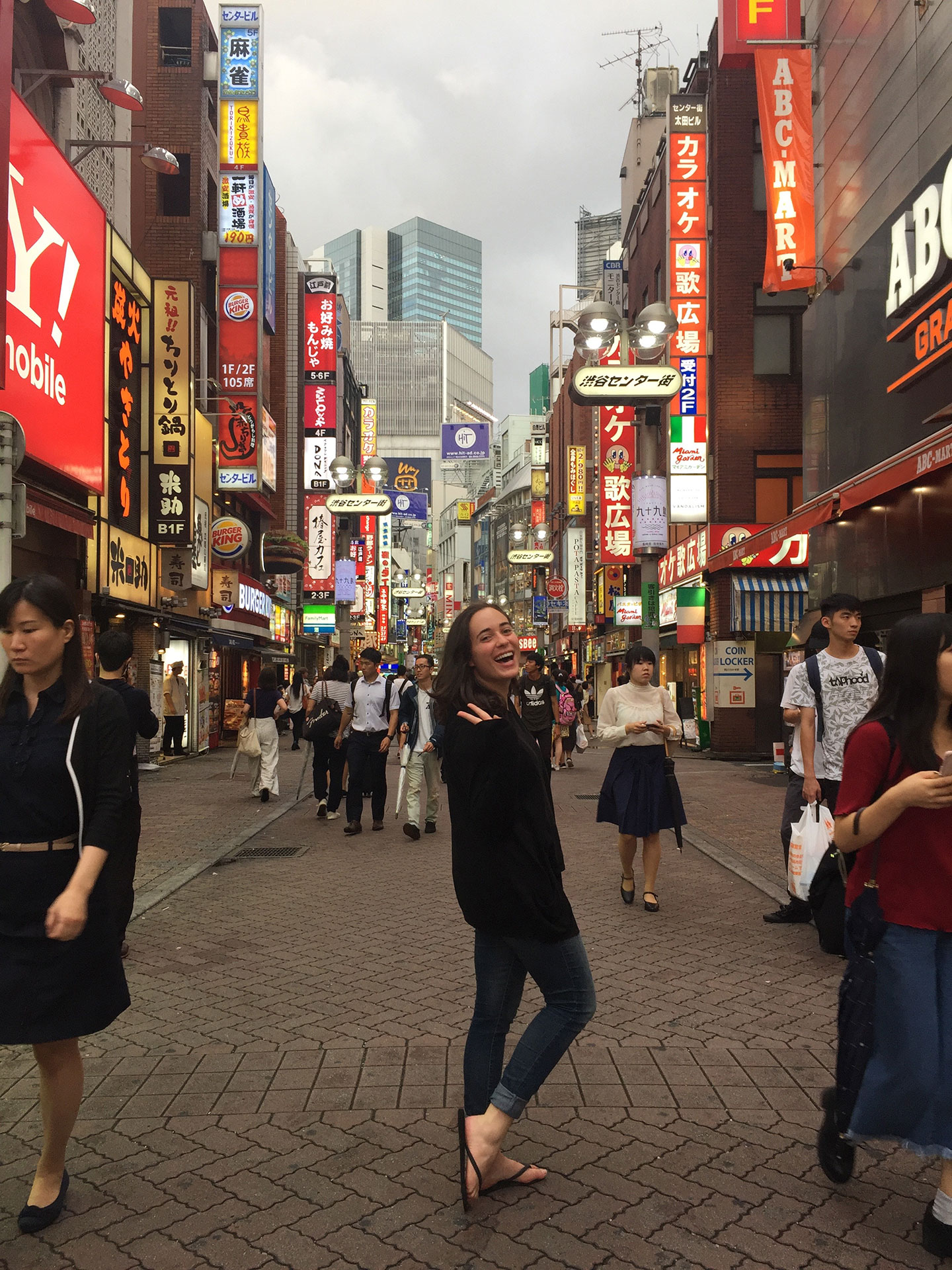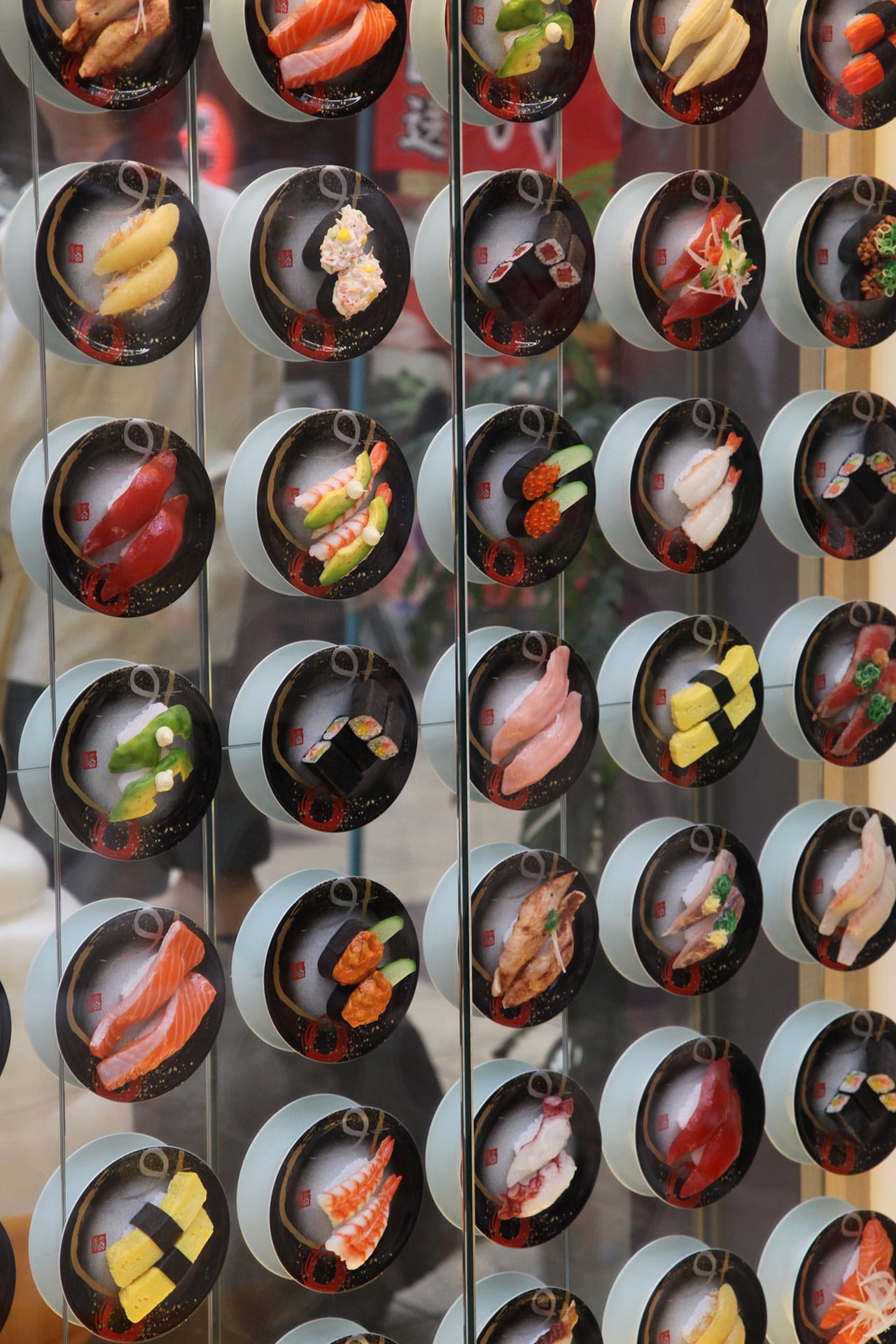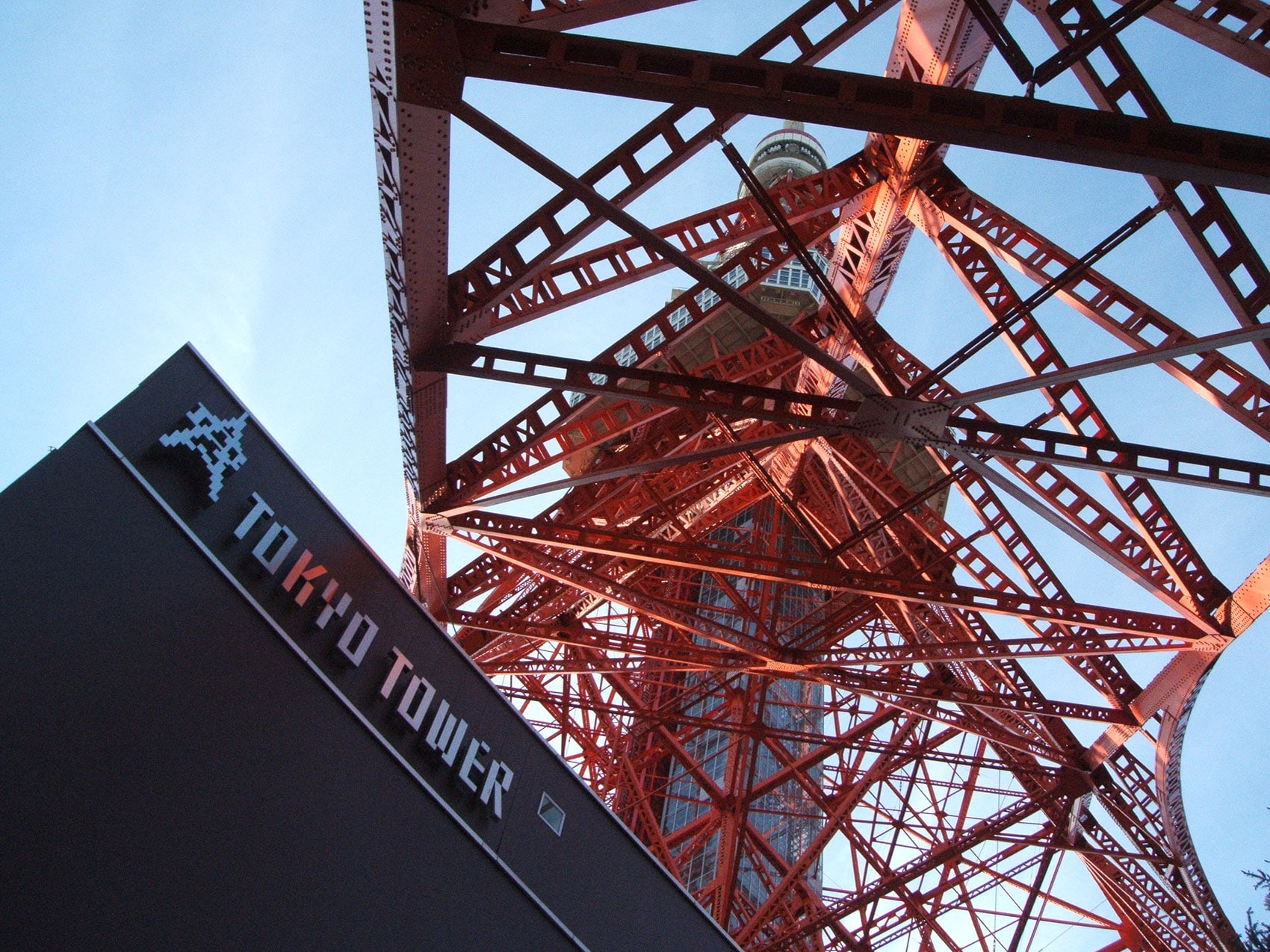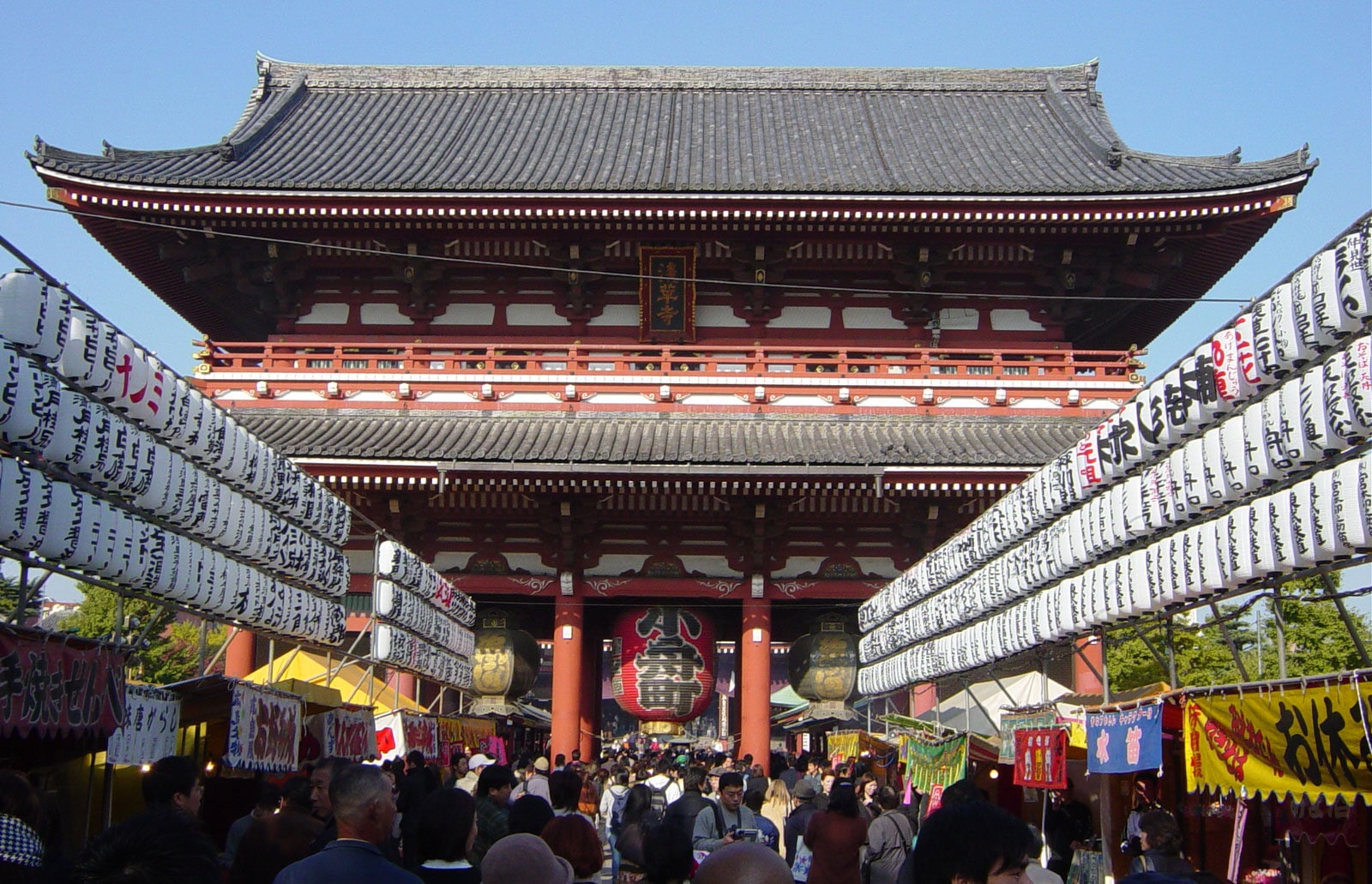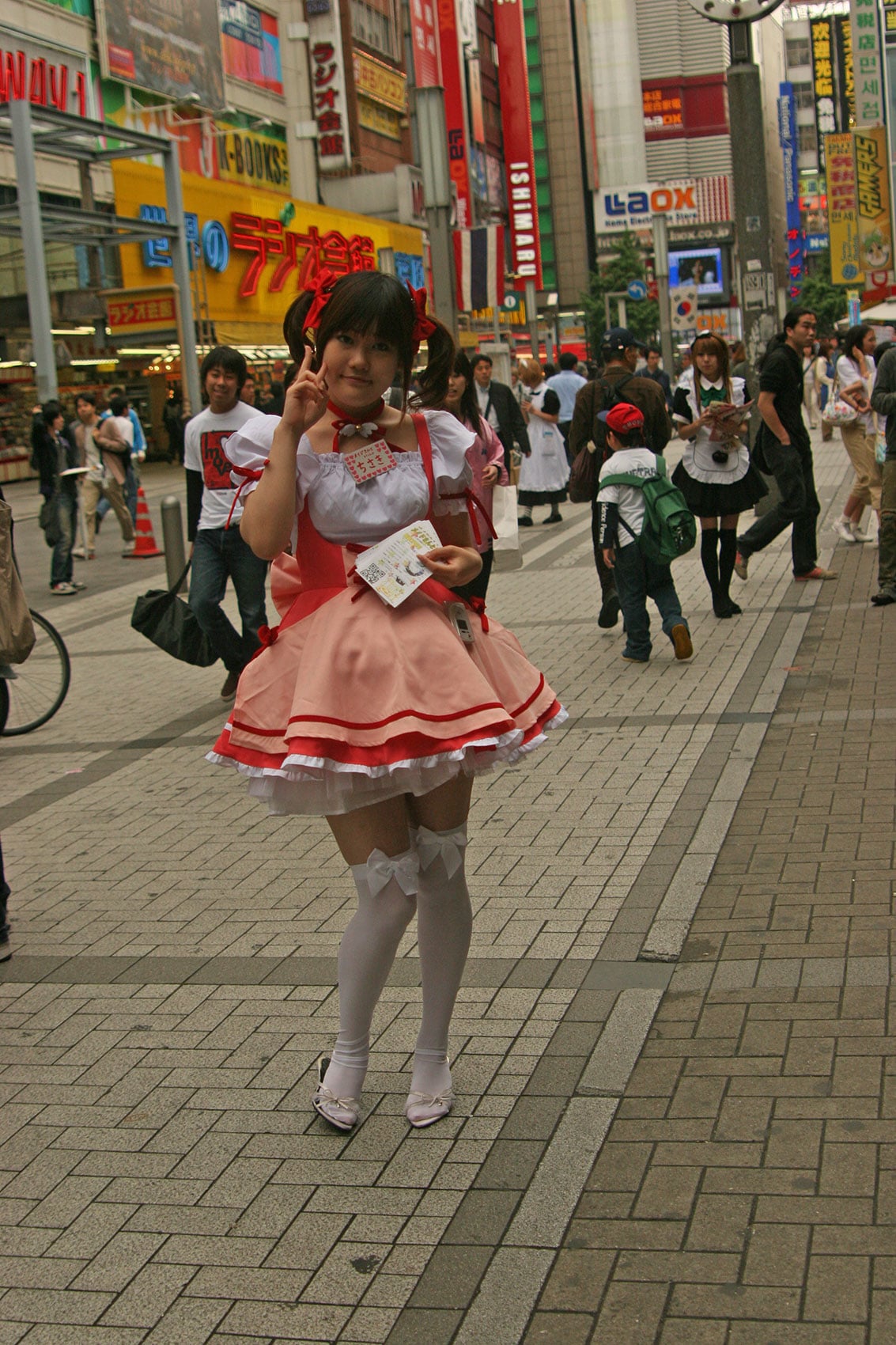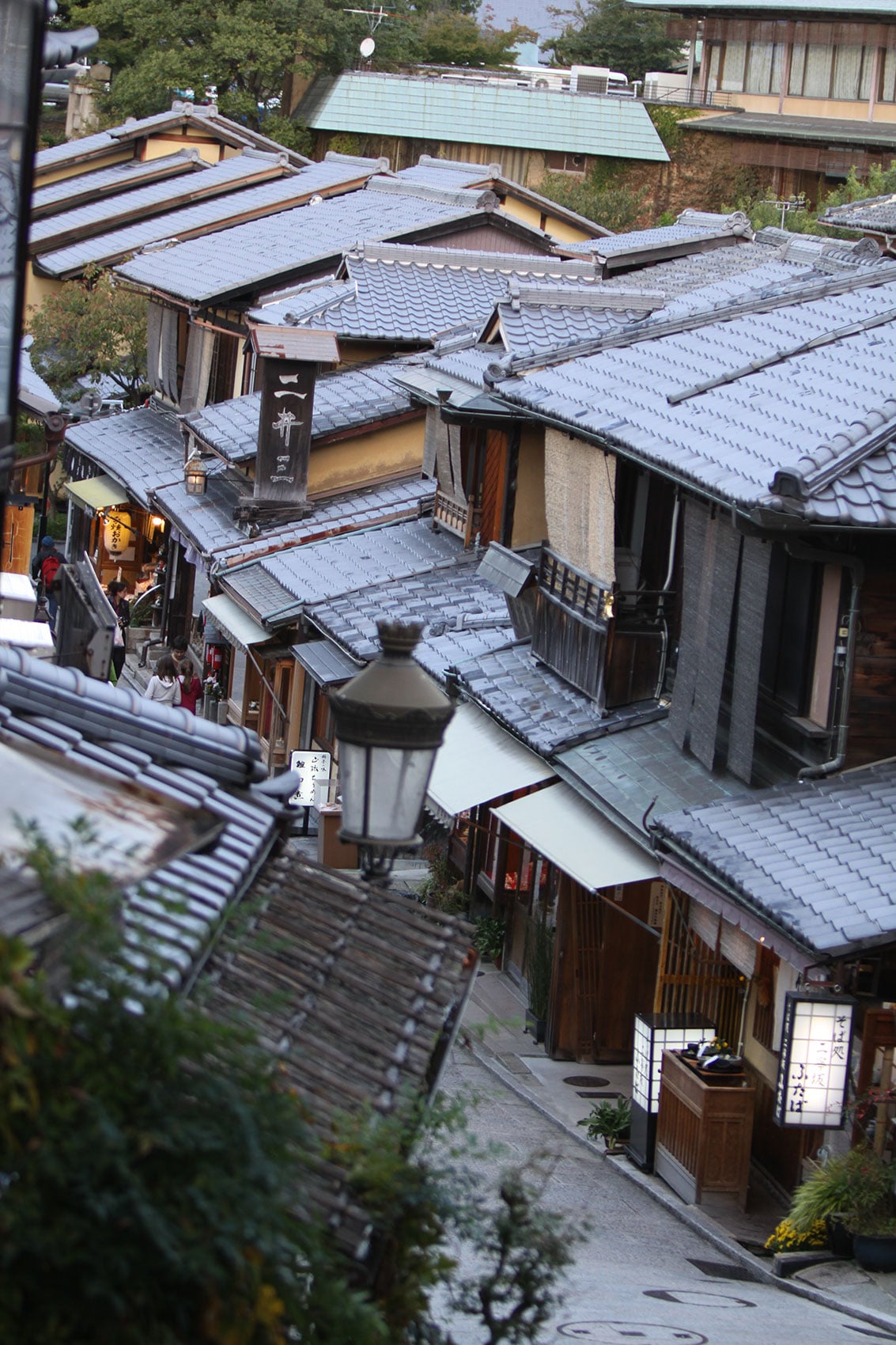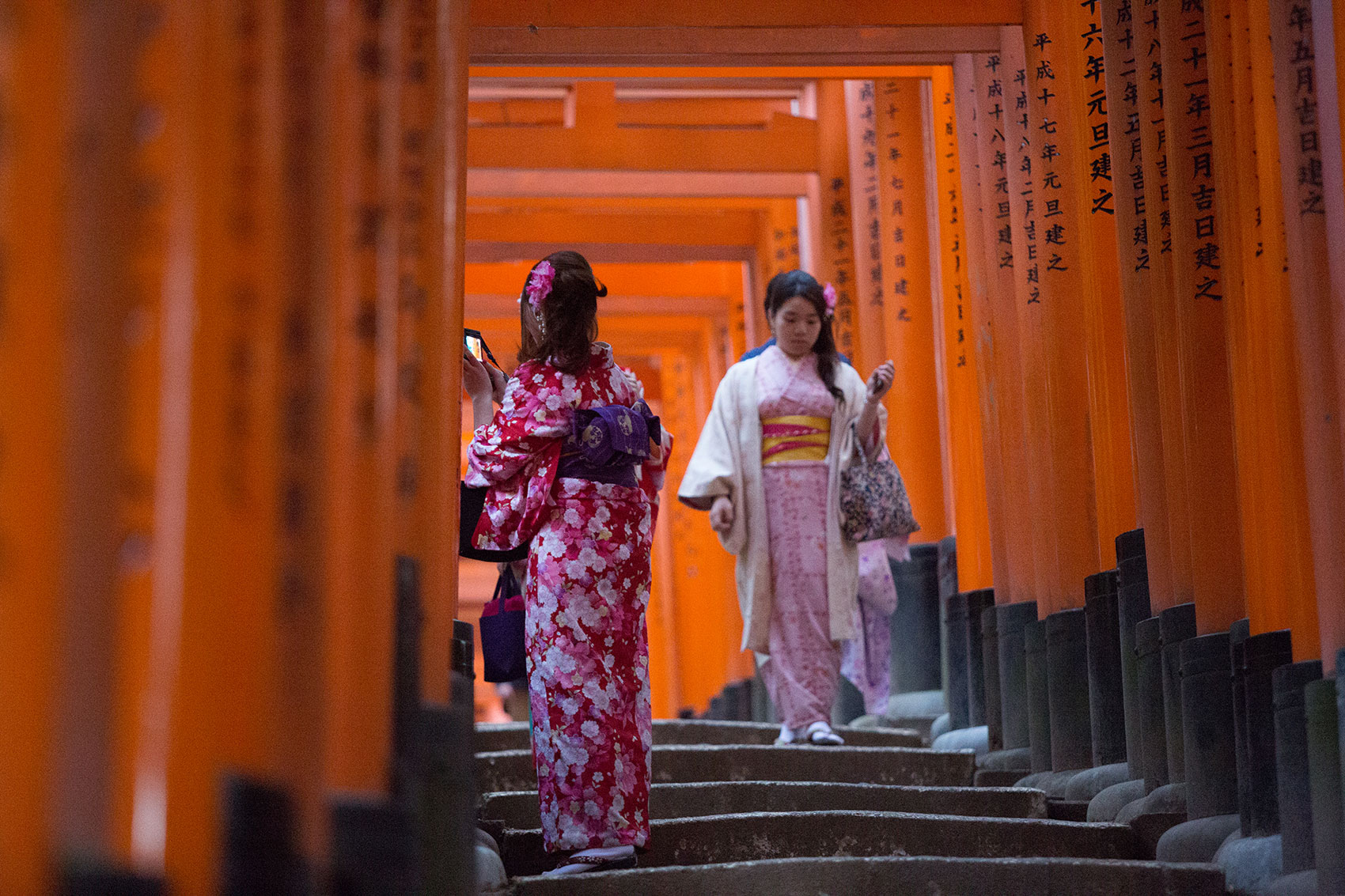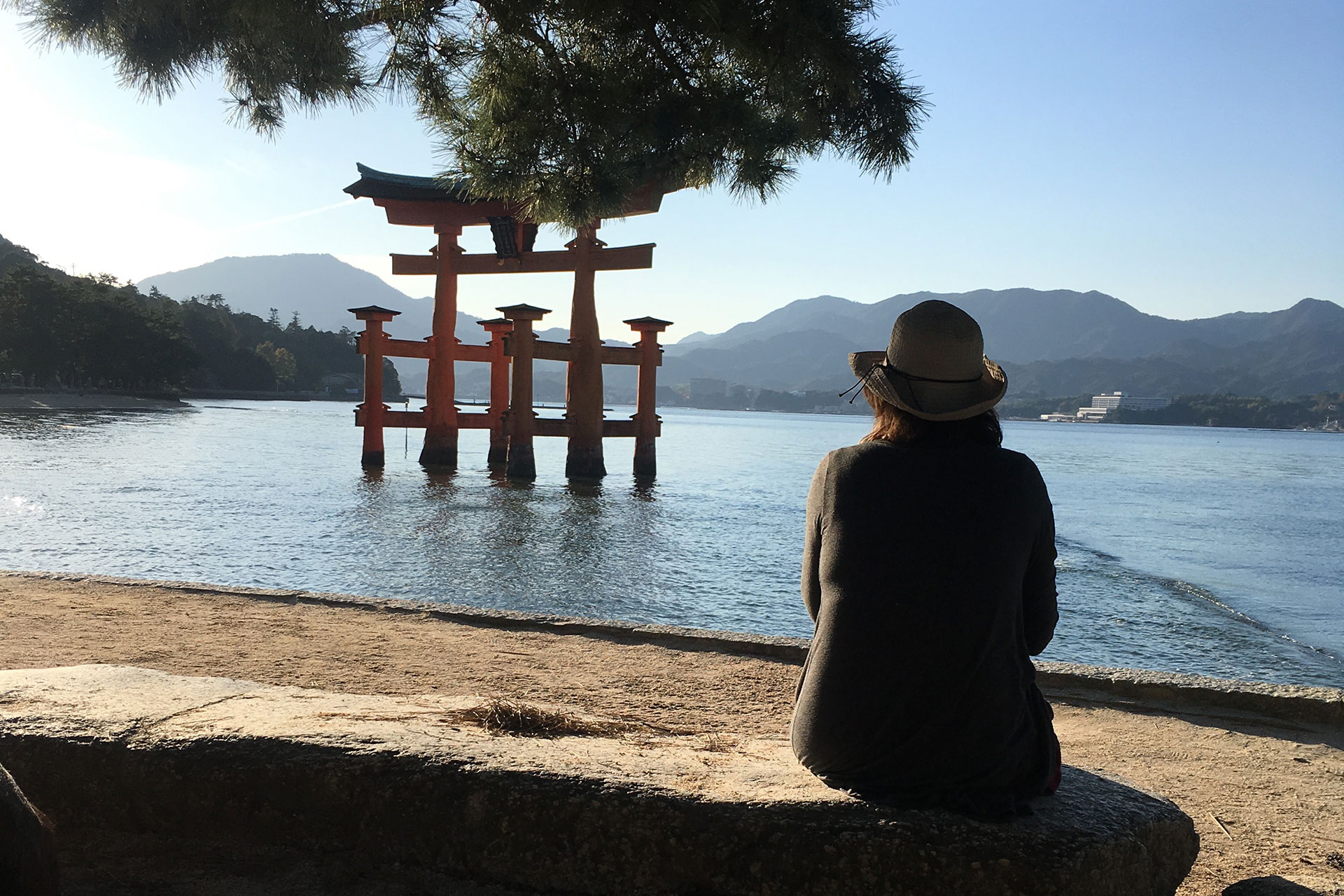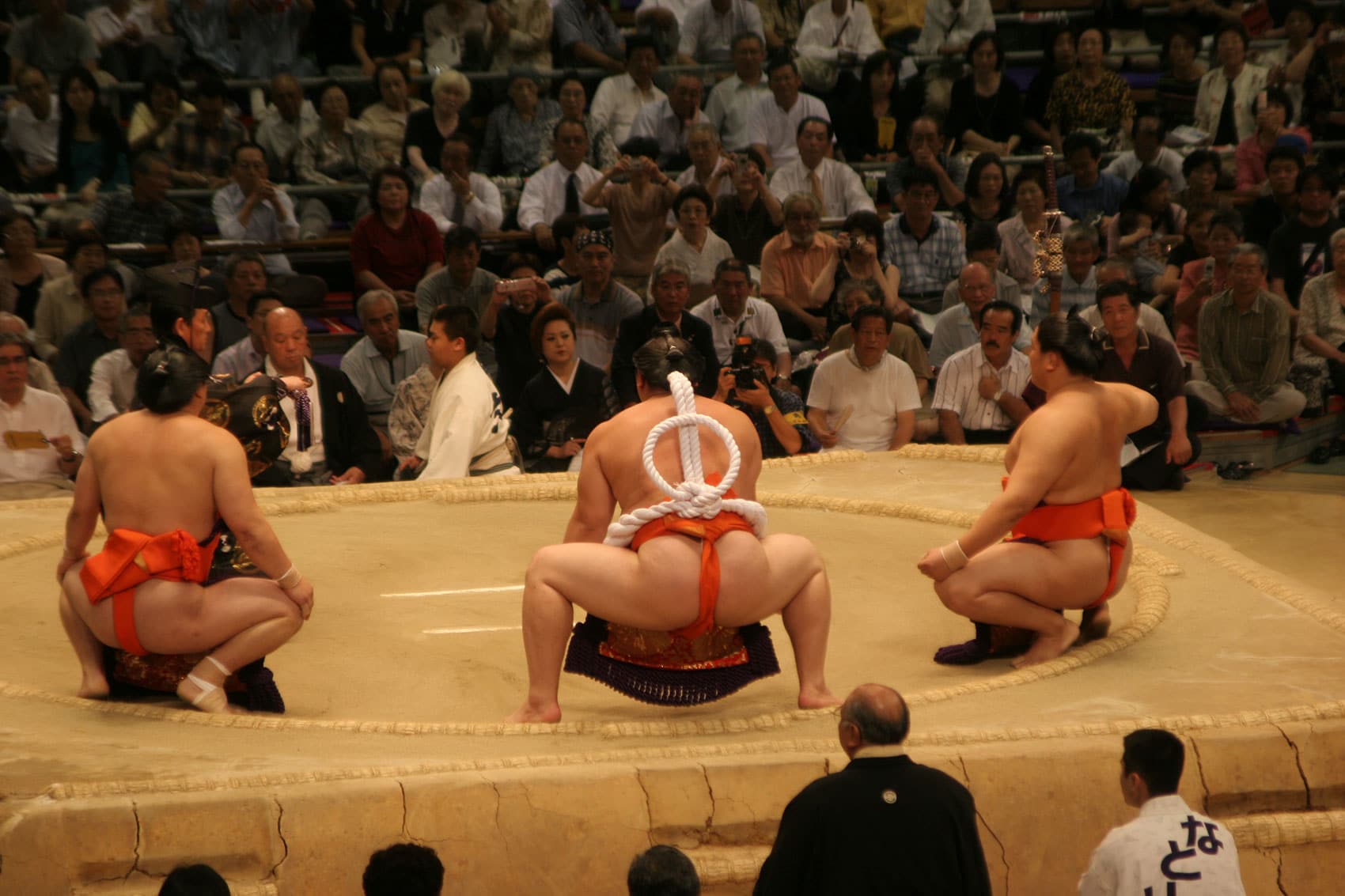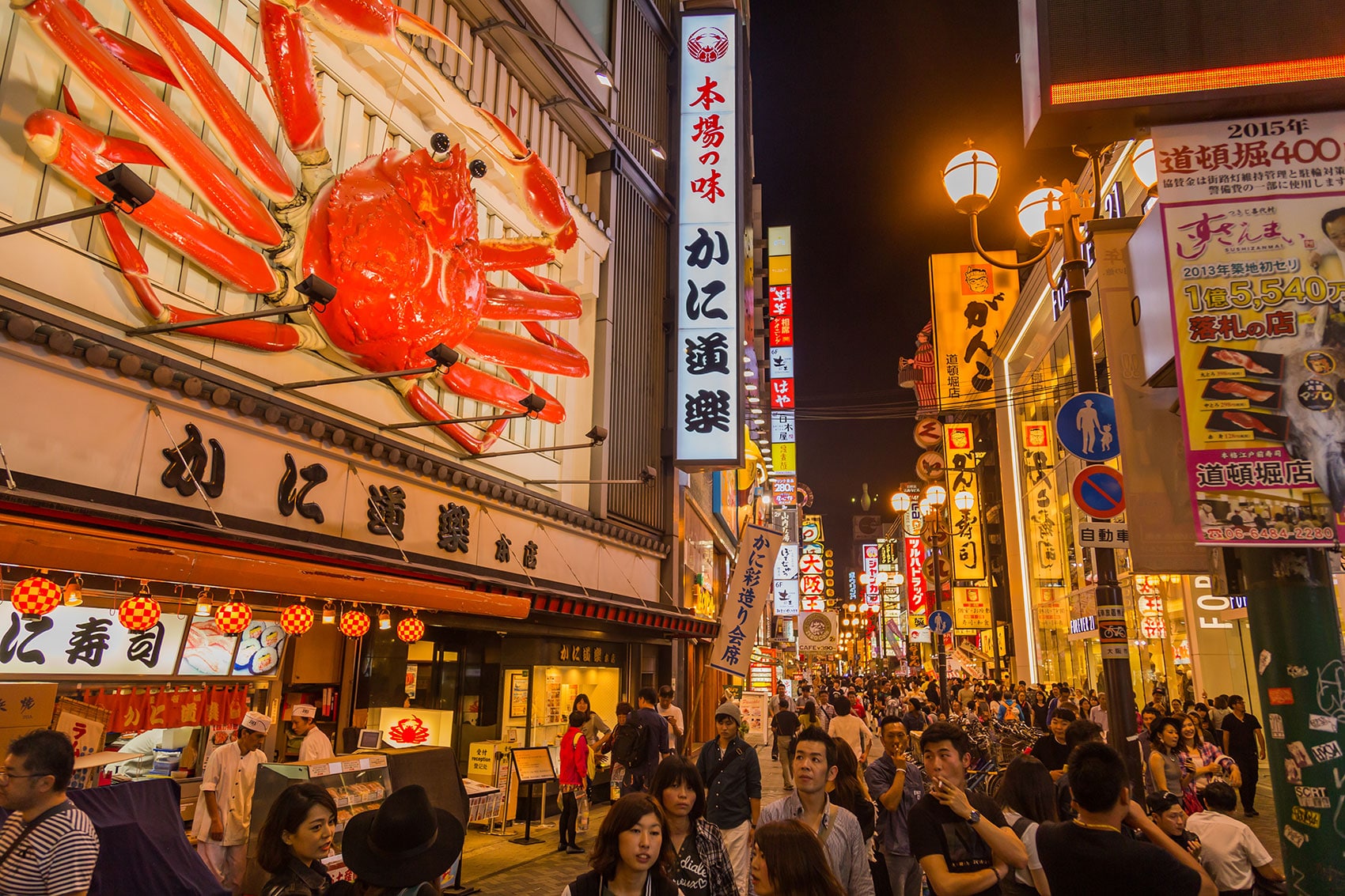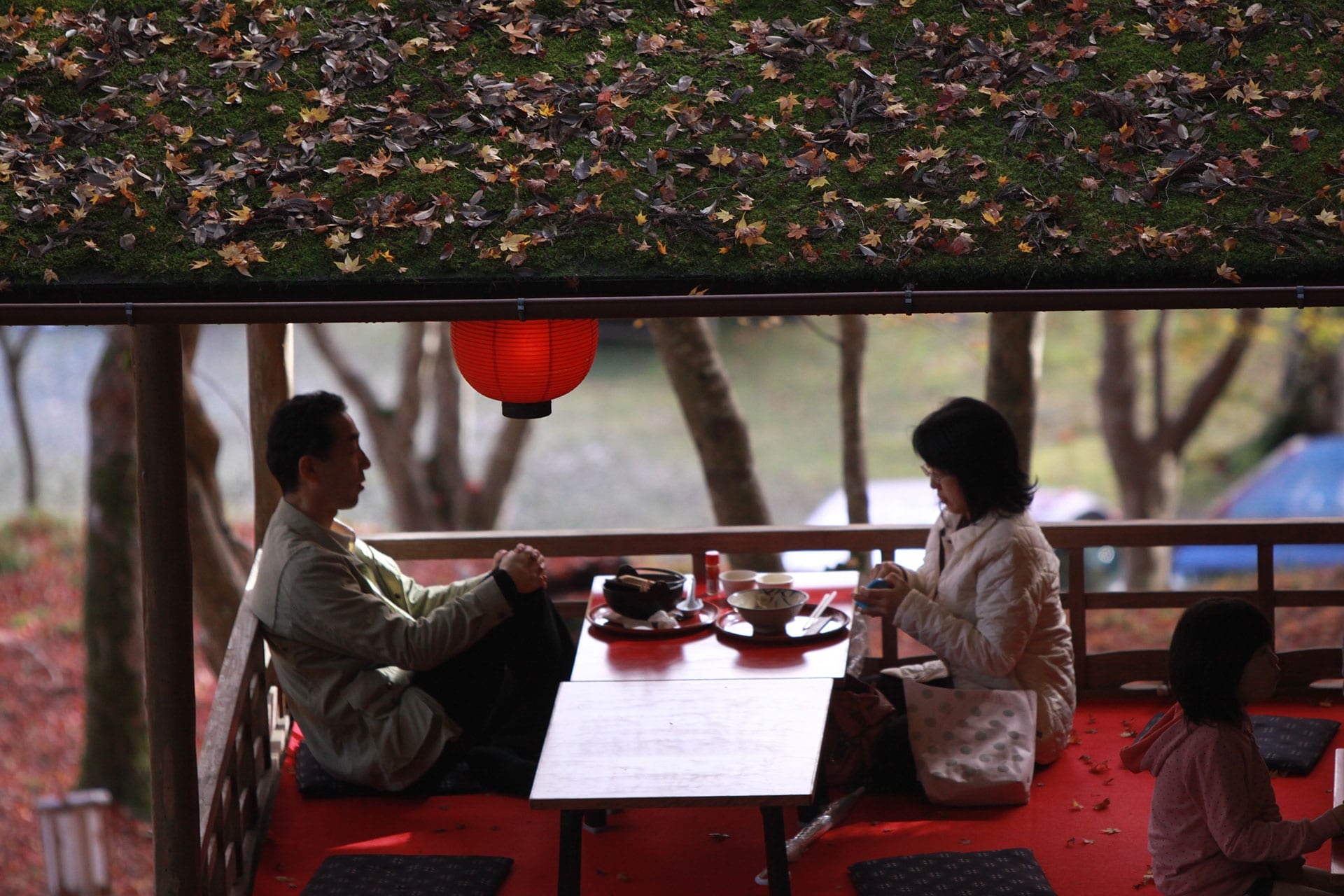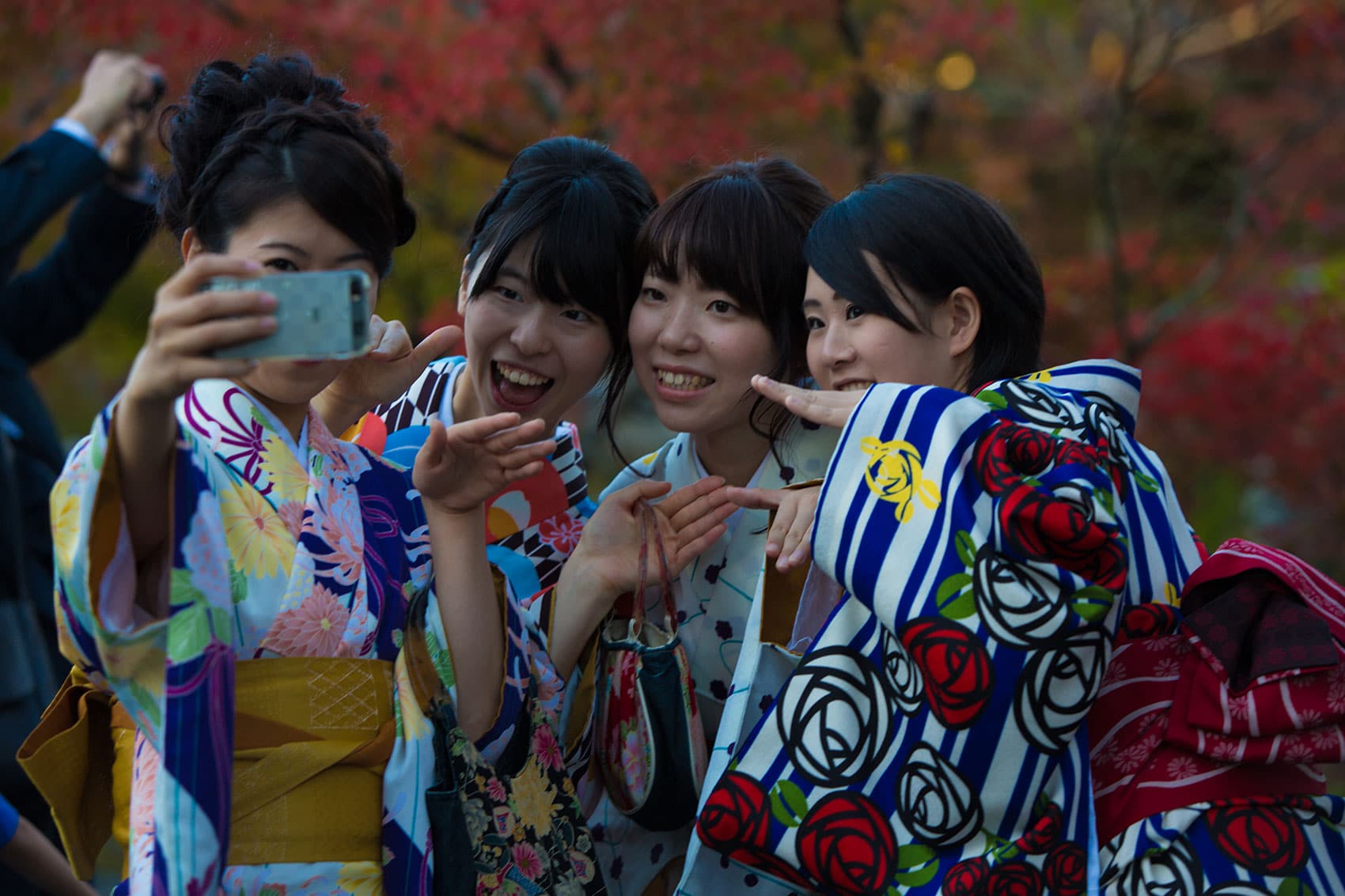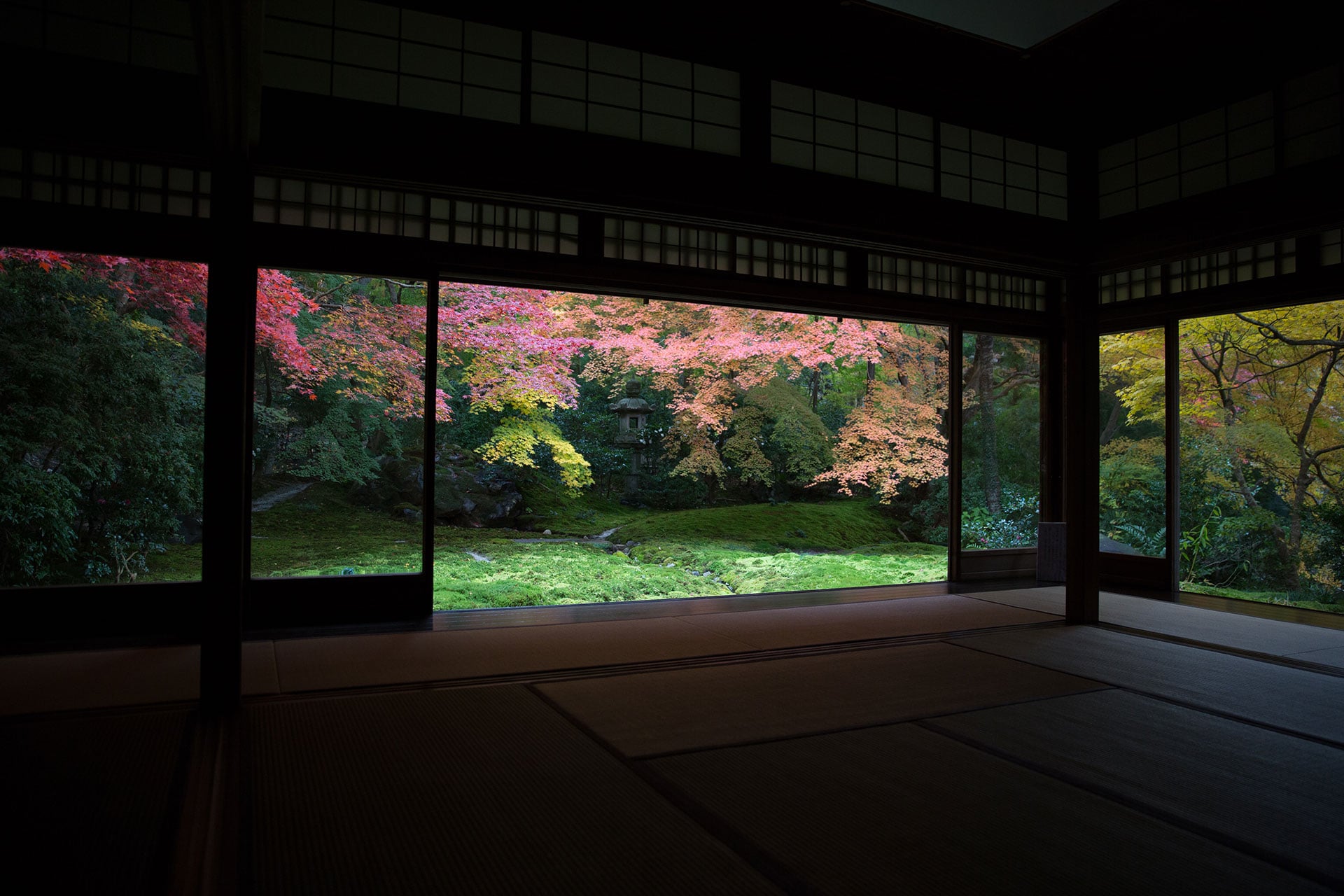Hike along ancient mountain routes used by the Samurai, bike through quiet unspoilt countryside, and learn the secrets of the various martial arts!
Luxury Japan
Family Adventure Travel in Japan
Japan is unlike anywhere else – an ultramodern western society that exists harmoniously alongside ancient Asian customs and traditions. A genuinely unique destination!
Destination Highlights
Japanese Culture
Learn how to don a kimono, attend a Sumo fight, or make sushi from a master chef. Explore the secrets of manga art and Japanese movie animation or spend a night in a Buddhist monastery. Discover the unique tea ceremony, or learn how master potters and sword makers continue crafts that have been handed down through families for centuries.
Highlights
- Visit Tokyo and Osaka, futuristic cities bursting with energy day and night.
- Tour the timeless temples and traditional Zen gardens of Kyoto.
- Take in a Sumo wrestling match, and see massive warriors fight it out.
- Learn the art of sushi making and the tea ceremony.
- Hike from village to village on the ancient Nakasendo Way.
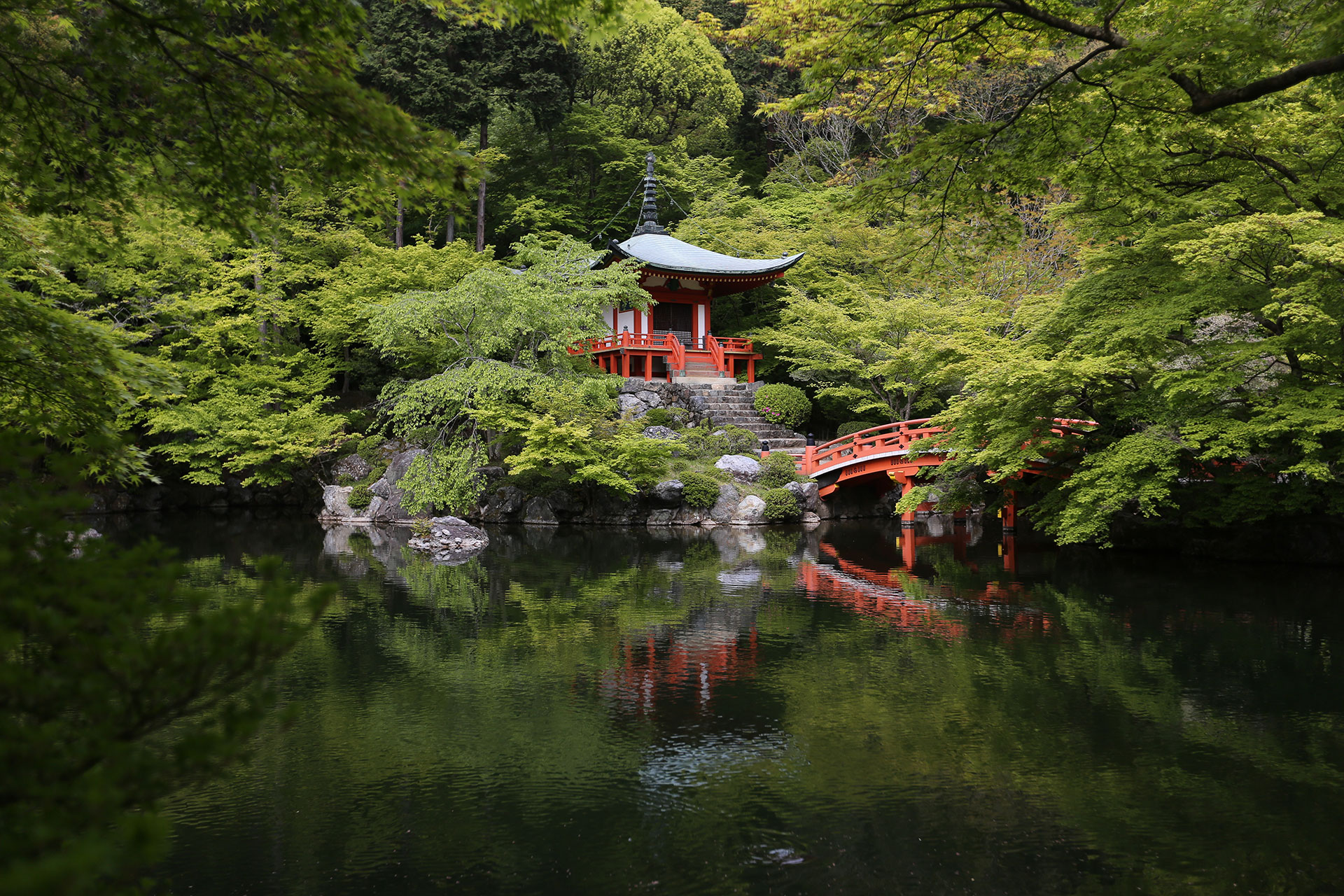
Japan Sample Itinerary
Day 2
Cultural Tokyo: Begin the day with a visit to Asakusa. Asakusa is the city’s oldest Geisha district and also home to Senso-ji, Tokyo’s oldest Buddhist temple. The streets around Senso-ji feature many traditional shops and are a delight to wander through.
Next, you’ll visit Kappabashi – dori. This is “kitchen street” and if you’ve ever wondered where the lifelike sushi displays come from that you see at many Japanese restaurants, they come from here. It’s an off the beaten track destination that is well worth a visit.
After lunch, visit a cat cafe – found all over Japan, these were designed for people who love pets but don’t have them. To end the day, take a cruise on the Tokyo River to Odaiba. This island is a futuristic playground of entertainment and shopping, and so typical of Japan! There is a ton of things to do, see and eat to keep you busy here for hours!
Day 3 – Trendy Tokyo!
Unlike many North American cities, Tokyo does not have a main downtown core. Rather, it is a metropolitan giant made up of various business areas, shopping streets and local neighborhoods. Each neighborhood surrounds a local train station, and each is different from the next. Ideal for people watching, and dotted with multiple restaurants, cafes and all kinds of stores, today you’ll experience a local side of the city.
Areas that you may visit include:
- Kichijoji and Inokashira Park – favored by the youth of Tokyo
- Shimokitazawa – the grunge and thrift shop area
- Daikanyama – a more stylish neighborhood – “the Brooklyn of Tokyo”
- Jiyugaoka – the go-to area for the youth as far as local cafes and restaurants go.
- Akihabara – the electronics heart of the city.
You will also pay a visit to one of the big department stores of Tokyo – such as Takashimaya or Mitsubishi. The food departments are always amazing and one can eat really well here. See how items are gift wrapped – a real art in itself!
After saying goodbye to your guide in the later afternoon, we suggest you spend the evening in the lively restaurant district around Yurakucho Food Alley.
Day 4
Today travel by bullet train to Kyoto, the famous cultural capital of Japan that is home to over 2000 shrines and temples. Kyoto is a reminder of Japan’s past. The city is packed with ancient temples, incredible gardens and is home to cultural icons such as geishas and the traditional tea ceremony.
Later today enjoy a guided bike ride through Kyoto’s magical backstreets. Start with a ride through Gion District, Kyoto’s main geisha and entertainment district. Pedal along Miyagawa-cho, a narrow lane lined with traditional houses called machiya. Stop for photos and a closer look at these well-preserved dwellings, learning about what life is like behind the doors.
Continue along the picturesque Shirakawa Canal that is lined with weeping willow trees, passing by restaurants and teahouses where geishas and maikos live and work. Turn on to Hanami-koji (“flower-viewing street), which is the most famous alley in this area. With a stroke of luck, it may be possible to catch a glimpse of a maiko, a trainee geisha, as she rushes from one teahouse to another.
Follow a different route back, riding alongside the Kamogawa River. This road is one of Kyoto’s most atmospheric, lined with cherry blossom trees on one side and a busy food stall street on the other. This evening, you’ll have dinner with a maiko who will explain this ancient art to you.
Day 5
Today’s tour starts with a visit to Nijo Castle, originally built to serve as the private villa of a powerful feudal lord. The main building was completed in early 1600s and is known for architecture, decorated sliding doors, and “chirping nightingale” floors.
Next on the list is the serene Ryoan-ji Temple, which is famous for its traditional rock garden and just a short distance from Ryoan-ji is the stunning golden Kinkaku-ji temple. It is fascinating.
After lunch visit the Kiyomizu-dera Temple. The view from the 13-meter high building is breathtaking and the fact that no nails or joiners were used is quite unbelievable.
Todays tour ends with a stroll along the busy streets of Higashiyama district, a collection of narrow alleyways lined with local stores, souvenir shops, small eateries, and even pottery centers.
Day 6
This morning is dedicated to hiking the Fushimi Inari mountain trail – a medium difficulty 5km hike to one of the most famous shrines in the Kyoto area.
Later, you will learn how to wear the traditional kimono, and then, while in your kimono, you will take part in a tea ceremony led by a tea master, a quintessential part of Japanese culture. This allows you to learn every aspect of the Japanese tea culture, from making the tea to serving it.
This evening, take the bullet train to Hiroshima.
Day 7
Today you will explore both Hiroshima and Miyajima.
From mainland Hiroshima, a short ferry ride will take you to Miyajima, a small sacred island located in the Seto Inland Sea, home to many temples and shrines. Start with Itsukushima Shrine, declared as one of Japan’s three most beautiful views. The shrine dates back to the 6th century. Its huge vermillion o-torii gate seems to be floating in the water during high tide.
Walk towards the mountain to visit Daisho-in, the most visited Buddhist temple on the island. Along the stairs is a row of spinning sutras that lead up to the main hall. It is believed that anyone who spins these sutras will be blessed.
Early in the afternoon, head back to Hiroshima to visit the Peace Memorial Park and Museum. There you will also find the heart-rending A-Bomb Dome and the Children’s Peace Monument.
Day 8
Today take the bullet train to Osaka, the second largest city of Japan. Osaka is a vibrant and busy city, renowned for its food, and also for it’s sumo tournament!
This afternoon you will be spectators at one of the major Sumo championships. It’s a fascinating sport and offers a unique insight into Japan’s culture.
This evening explore Dotonbori. It is well-known for its bright neon lights, energetic shop owners and food stalls that are filled with some local Osakan delights such as takoyaki (octopus balls) and Kushikatsu (all kinds of fried food on stick kebabs).
Day 9
Departure day from Kansai Airport, a major gateway into and out of the country.
Extend your trip?
Continue to the Japanese Alps, where you can visit small traditional villages, and do a village to village walk, staying at monasteries and small traditional boutique hotels (Ryokans and Minshukus) along the way.
Japan FAQ's
Is Japan a good destination for family travel?
Definitely. Japan is one of the most fascinating countries in the world. It is super modern, but also super traditional, and has an incredibly intact culture. It’s completely fascinating for all visitors.
Is Japan a good place for a couples-only vacation?
Japan is ideal for honeymooners and couples. Incredible hotels and zen-like Onsen spas allow for a once in a lifetime experience!
What can a family do in Japan?
Learn to make sushi or wear a kimono or learn origami. Visit the birthplace of karate. Learn all about Japanese animated movies and famous manga comics. Go see a sumo contest. Shop in trendy fashion stores, learn about the latest electronic games and see ultramodern art. Eat and eat! Spend a day at Disneyland Japan or Universal Studios Japan or visit a Japanese movie theme park. Ride one of the fastest trains in the world.
What are accommodations like in Japan?
You can choose between Western style (all the major international chains and Japanese chains too) or traditional Ryokan boutique hotels, where you will sleep on a traditional futon on a tatami mat! You can even spend a night in a Buddhist Monastery!
Is Japan expensive?
Yes. Japan has always been an expensive destination when it comes to high quality accommodation and guiding, both of which are essential components of any trip. We feel it is well worth it!
CAN’T FIND IT?
Don’t worry. Just because it’s not here, doesn’t mean we can’t do it!
Tell us what you are looking for here and we’ll make it happen.
